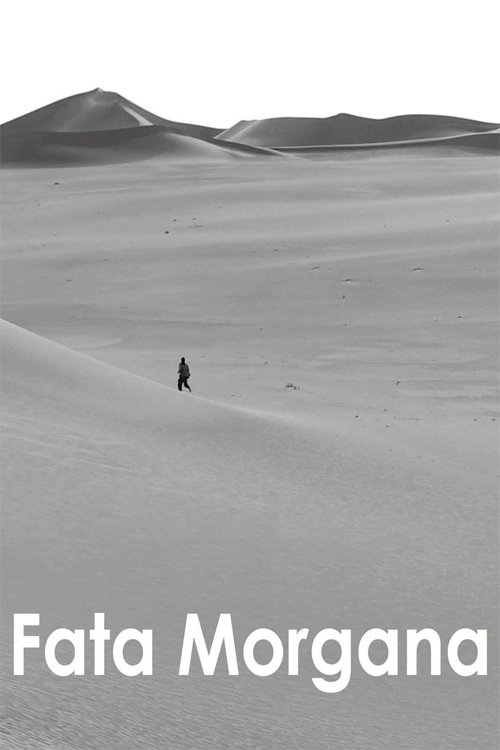Fata Morgana
Following Bellavista and Totó, Peter Schreiner completes his informal trilogy of epic, black-and-white digital-video essay-films with the utterly monumental Fata Morgana. Shot in the Libyan desert and in an abandoned building in Lausitz, Germany, it features a man (Christian Schmidt), a woman (Giuliana Pachner, from Bellavista) - and, glimpsed now and again, a guide (Awad Elkish.) They talk, they fall silent. Winds blow. The sun shines. The camera runs. What gradually takes shape is nothing less than a painstakingly concentrated attempt to understand the human condition through the lens of cinema. A lofty ambition, and one that demands a considerable leap of faith on the part of the audience: this film is sedate, "difficult", challenging, often apparently impenetrable. But anyone who has seen Schreiner's previous films will be aware that he is by any standards a major artist, one that can be trusted to find places that other directors may not even suspect exist.
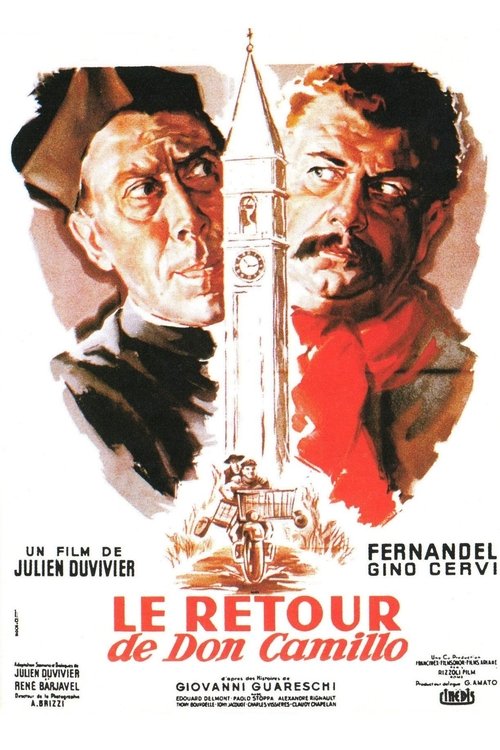
The Return of Don Camillo
7.2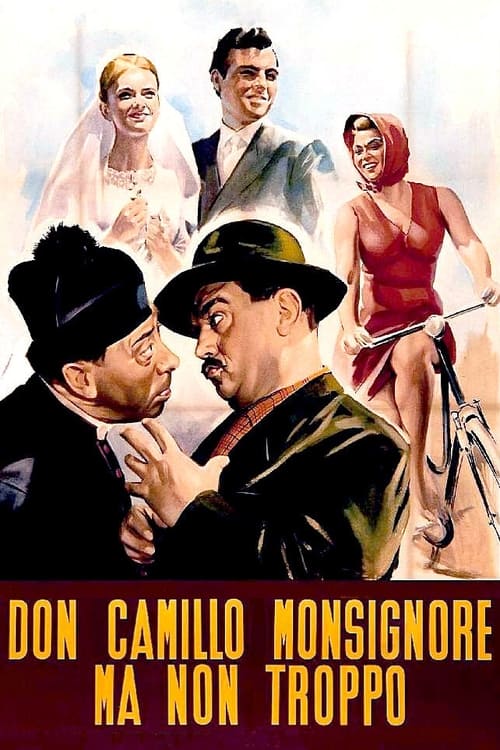
Don Camillo: Monsignor
6.9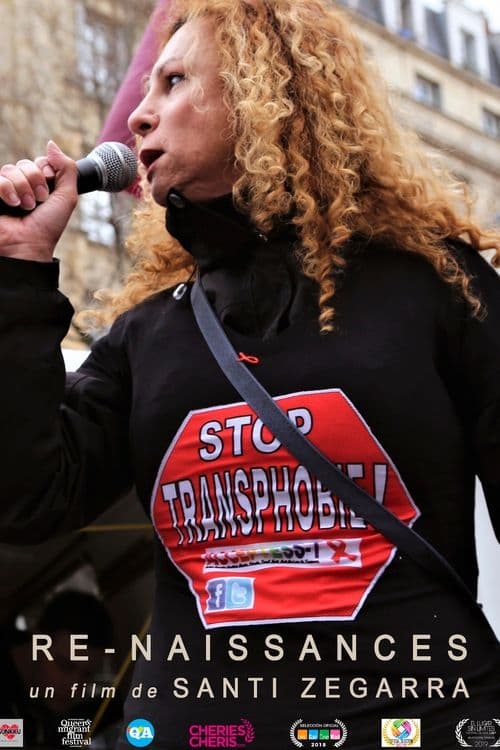
Re-Births
7.4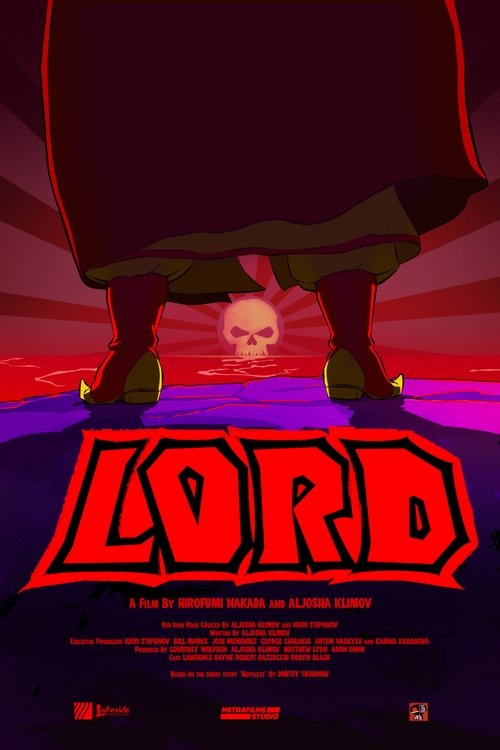
Lord
6.6Captain Nulle
7.4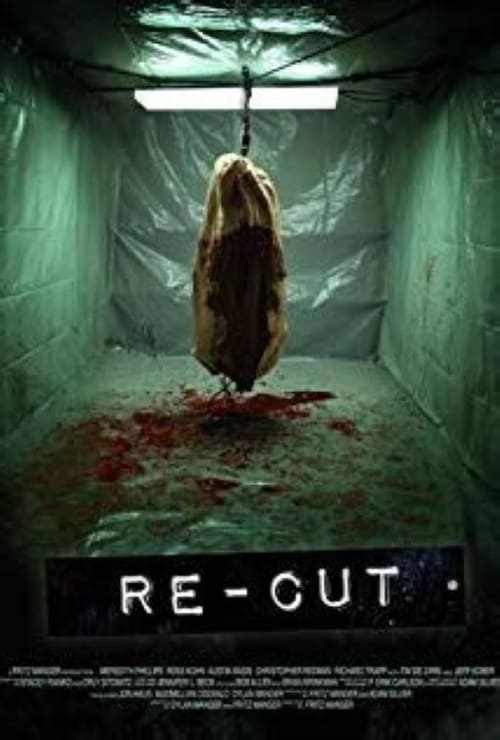
Re-Cut
6.6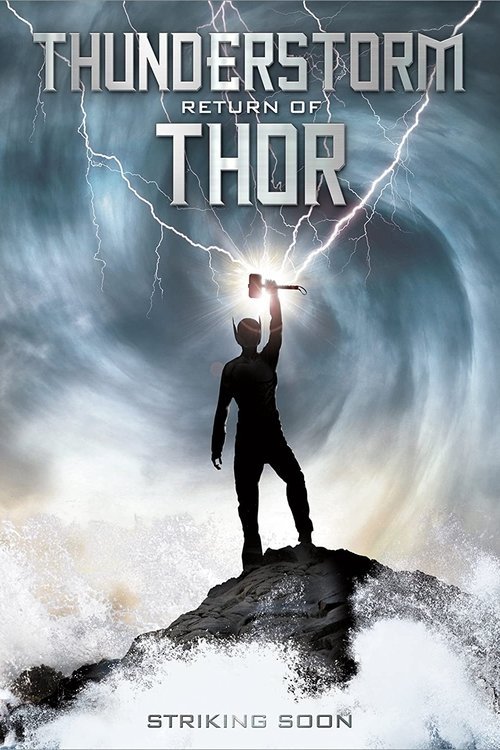
Adventures of Thunderstorm: Return of Thor
5.3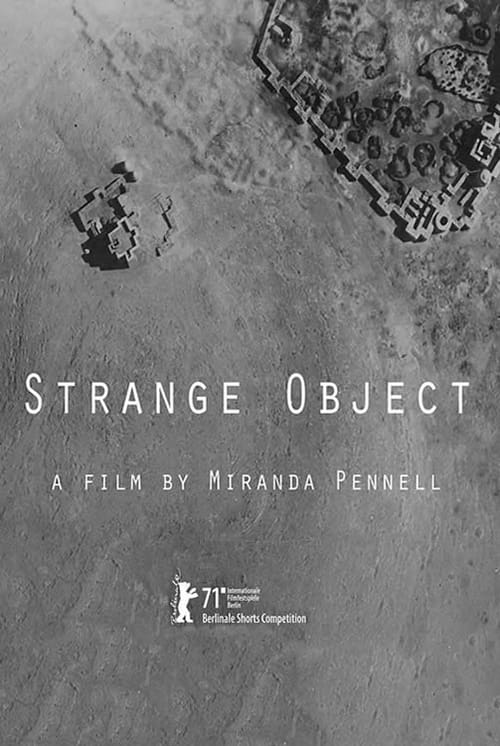
Strange Object
6.0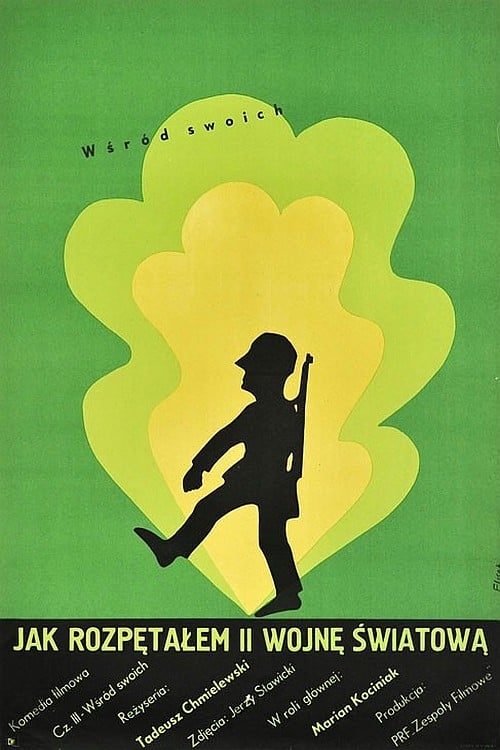
How I Unleashed World War II, Part III: Among Friends
7.6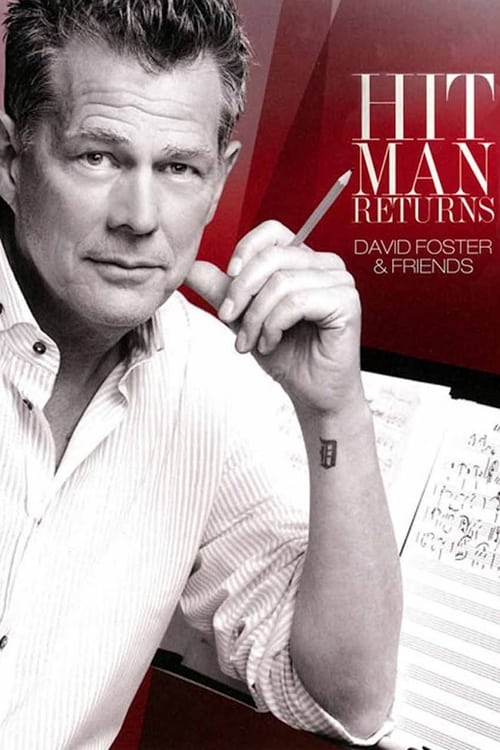
Hit Man Returns - David Foster & Friends
6.8
Threshold
5.6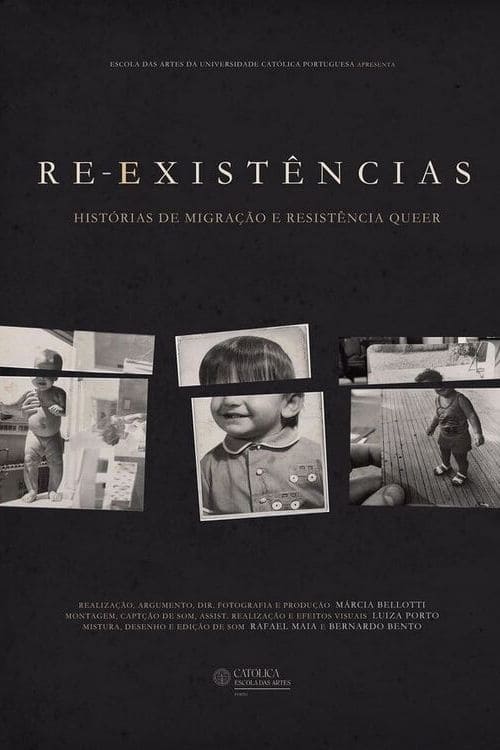
Re-Existences
7.4
Mr. Moto Takes a Vacation
6.6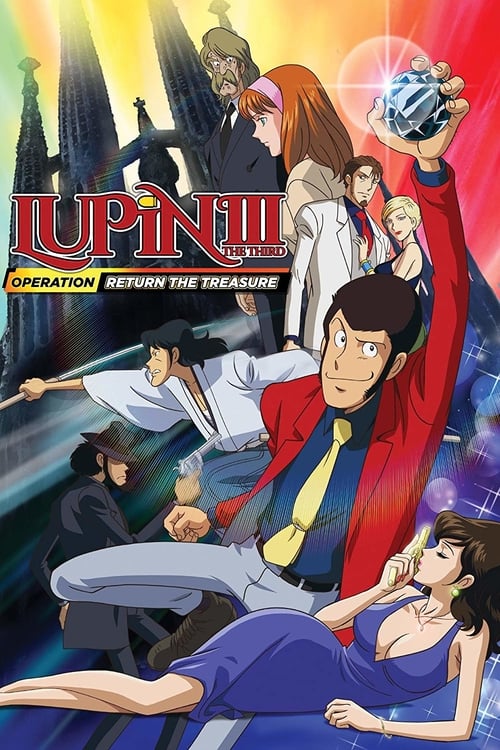
Lupin the Third: Operation: Return the Treasure
6.8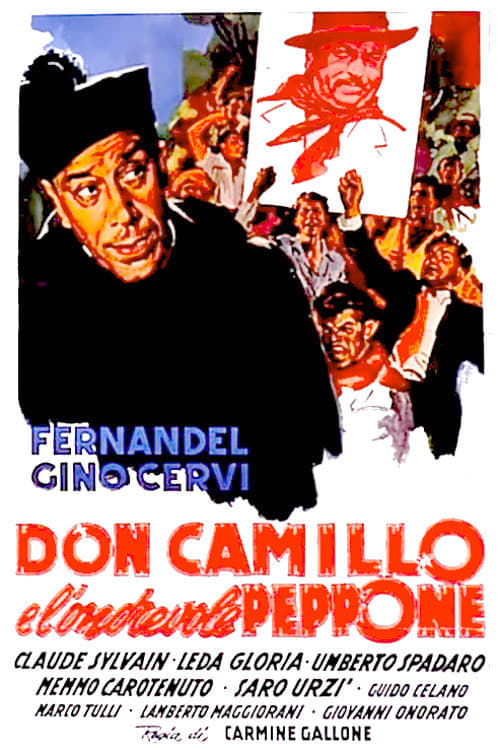
Don Camillo's Last Round
7.2
Korean Terminator
5.4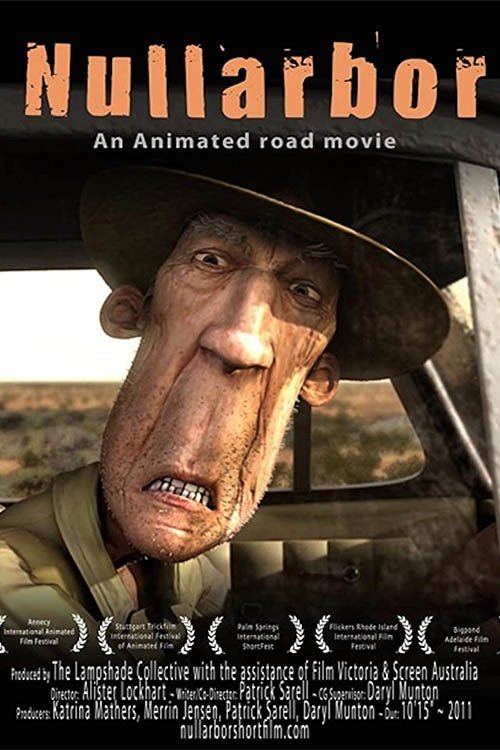
Nullarbor
7.3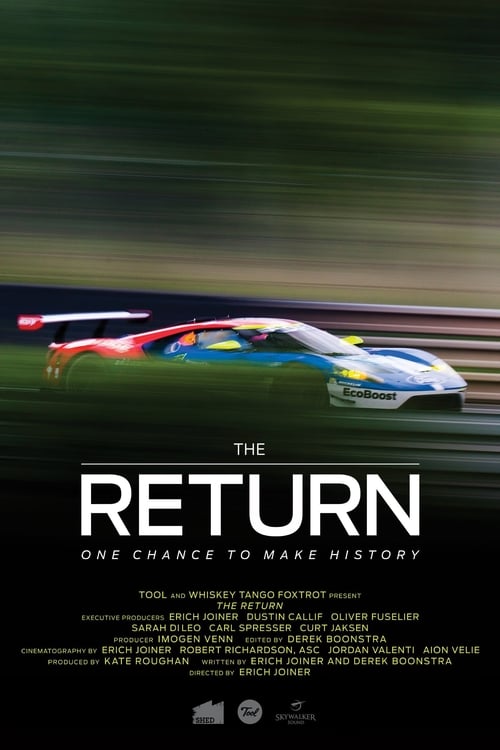
The Return
6.6
